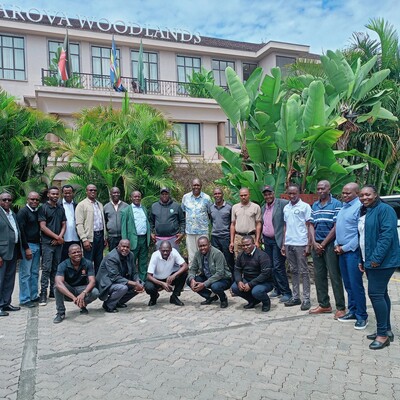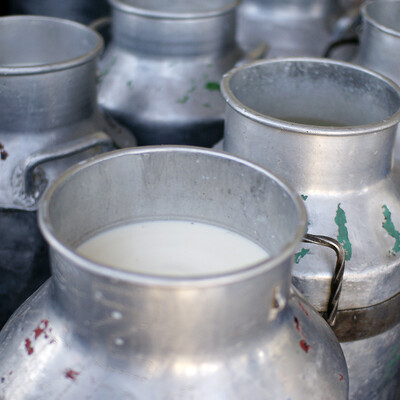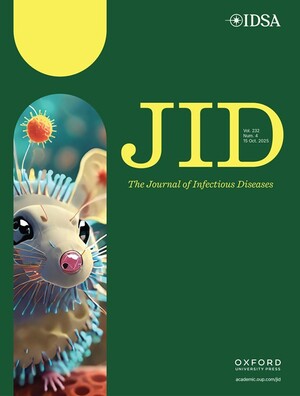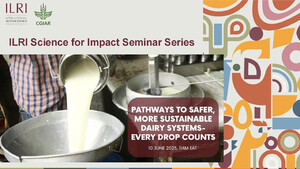
On-farm Feed Advisor shows potential to increase animal productivity and enhance farmer livelihoods
In early 2020, the International Livestock Research Institute (ILRI) launched the On-farm Feed Advisor (OFA), a mobile-based application designed to help farmers and extension workers balance nutrients in the diets of dairy animals. After undergoing successful pilot testing in India, OFA is being scaled up in various countries across the developing world where it has the potential to increase the yields of dairy animals and strengthen farmer livelihoods.
In mixed farming systems throughout Africa and Asia where livestock productivity remains far below the global benchmark, farmers use agricultural by-products, such as straws, stovers and haulms, to feed their animals. These feeds are often supplemented with home-grown or purchased concentrates, but most farmers lack an understanding of how the nutrient composition of daily feeds corresponds to the nutrient requirements of their animals. As a result, many dairy animals are over-or under-fed relative to their level of production, and farmers lose money by not purchasing the most cost-effective feeds.
A team led by Padmakumar Varijakshapanicker, acting head of ILRI’s feed technology research platform in Patancheru, India, designed OFA to help smallholders in mixed farming systems overcome these challenges.
OFA is based on ‘precision feeding’ principles, which match an animal’s nutrient requirements to the nutrient supply in its diet. With minimal effort from farmers, OFA utilizes basic data on an animal, including its body weight, weight gain, milk production level and stage of pregnancy (if applicable), to calculate its baseline nutrient requirements. It can also determine the nutrients required to increase an animal’s productivity based on its genetic potential. From these results, OFA selects the cheapest locally available feeds capable of fulfilling the animal’s nutrient requirements and provides farmers with detailed advice on how to balance their animal’s diet.
Despite its recent release, OFA is already receiving positive feedback. Field staff experimenting with the application in India report significant increases in milk production and reductions in feed cost. Another study from India shows that precision feeding techniques can increase dairy animals’ milk yields by up to 14 per cent and milk fat levels by up to 15 per cent, culminating in an average 16 per cent increase in farmers’ daily income per animal. Confirming these findings, Padmakumar notes that it can ‘help to reduce the yield gap in dairy animals in the mixed farming systems and can help reduce cost of feeding to below 60 per cent’.
These preliminary results demonstrate the tremendous potential OFA has to support least-cost diets and enhance animal productivity. As OFA moves beyond its pilot stage, policy support and training courses, which are currently being scheduled, are necessary to introduce the application to potential users. Ultimately, OFA is a boon to animal production that can benefit farmers and dairy animals across the world. As Padmakumar notes, it does not matter ‘whether you are in India or Kenya or some other country—OFA is for the global audience’.
For more information on OFA, including how it can help you, please go to the OFA website.
Related Stories
Assessing the role of cooperatives in promoting adoption of livestock vaccines in Kenya
Photo credit: CIAT/Georgina Smith


















